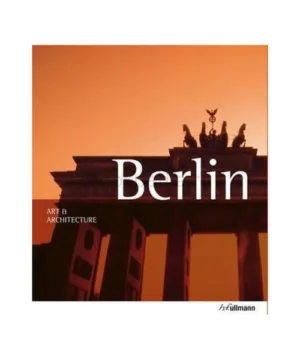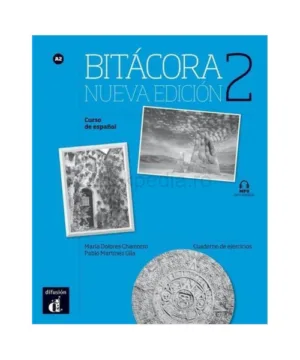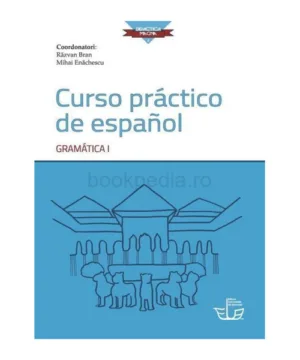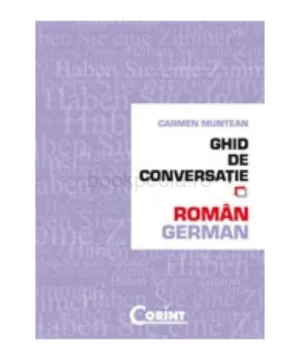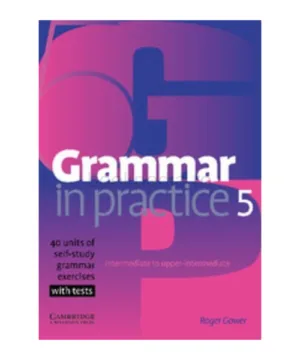Blockchain for Medical Research
241,74 lei
| Authors | Sean Manion |
|---|---|
| Publisher | Taylor & Francis |
| Year | 2020 |
| Pages | 150 |
Informații suplimentare
| General | |
|---|---|
| Authors | Sean Manion |
| Publisher | Taylor & Francis |
| Year | 2020 |
| Others | |
| Identification | |
| Format | |
| Pages | 150 |
Descriere
It takes 17 years on average to bring new medical treatments ideas into evidence-based clinical practice. The growing replicability crisis in science further delays these "new miracles." Blockchain can improve science and accelerate medical research while bringing a new layer of trust to healthcare.
This book is about science, its value to medicine, and how we can use blockchain to improve the quality and impact of both. The book looks at science and medicine from an insider's perspective and describes the processes, successes, shortcomings and opportunities in an accessible way for a broad audience. It weaves this a non-technical look at the emerging world of blockchain technology; what it is, where it is useful, and how it can improve science and medicine. It lays out a roadmap for this application to transform how we develop knowledge about health and medicine to improve our lives.
In the first part, Blockchain isn't Tech, the authors look at blockchain/distributed ledger technology along with critical trade-offs and current explorations of its utility. They give an overview of use cases for the technology across industries, including finance, manufacturing and healthcare, with interviews and insights from leaders across government, academia, and tech/health industry both big and start-up.
In the second part, Science is Easy, the authors look at science as a process and how this drives advancement in medicine. They shed a light on some of science's shortcomings, including the reproducibility crisis and problems with misaligned incentives (i. e. publish or perish). They apply a breakdown of critical components to the functional steps in the scientific process and outline how the open science movement is looking to improve these, while highlighting the limit of these fixes with current technology, incentives and structure of science.
In the third part, DAO of Science, the authors look at how blockchain applied to open science can impact medical research. They examine how this distributed approach can provide better quality science, value-based research and faster medical miracles. Finally, they provide a vision of the future of distributed medical research and give a roadmap of steps to get there.
Produse similare
Amaia se conecta, Black Cat Lectores españoles y recursos digitales, CD audio, A2, Nivel 2
Bitácora 2 – Cuaderno de ejercicios + MP3 (A2) (Nueva edición)
Grammar in Practice 5
Klasse! A2.1. Übungsbuch mit Audios
Lola Lago, Detective : Una Nota Falsa + CD (A2)
Magnet B1. Arbeitsbuch mit Audio-CD
Nourish: Over 100 recipes for salads, toppings & twists
Pairwork and Groupwork
Meredith Levy, Nicholas Murgatroyd
Tales of Terror Level 3 Lower-intermediate
Jane, Jane Rollason, Rollason, Various Authors






